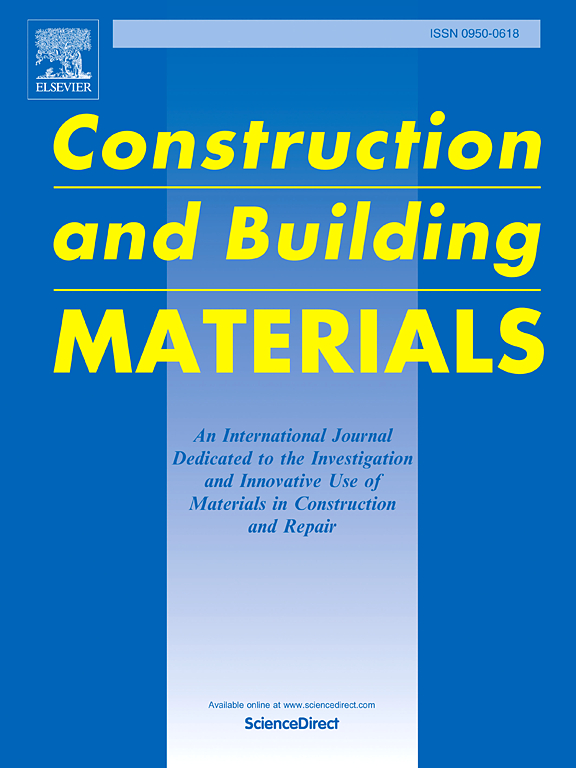Assessing the mechanical properties of low-quality sheep wool yarn
IF 7.4
1区 工程技术
Q1 CONSTRUCTION & BUILDING TECHNOLOGY
引用次数: 0
Abstract
In response to growing environmental awareness and the need for sustainable practices, the construction sector is seeking innovative solutions to reduce its environmental impact. This study examines the use of low-quality sheep wool, typically discarded by the textile industry as a potential resource for the construction sector. Unlike natural plant fibers which must be specifically cultivated sheep wool is an agricultural by-product produced in large quantities without a designated end-use, despite its potential applications. The primary objective is to assess the mechanical properties of sheep wool yarn, tested through various experimental methods, to evaluate its potential as a reinforcement in biocomposites. The research investigates yarn performance in both its dry state and after impregnation with a bio-based resin. Two testing configurations were employed for dry yarns: capstan grips (DYR) and straight sample configurations (DYC). For impregnated yarns, two polymerization strategies were assessed: with pre-tensioning (IYT) and without pre-tensioning (IY). Results revealed no significant differences between the two testing configurations for dry yarns (DYR and DYC). The pre-tensioned impregnated yarn (IYT) exhibited the best mechanical performance, with tensile strength increasing from 89.45 MPa (average of DYR and DYC) to 142.92 MPa, and elastic modulus rising from 1.30 GPa to 11.07 GPa. These improvements are attributed to better fiber alignment and structural compaction promoted by the pre-tensioning process. These findings demonstrate the potential of waste wool as a reinforcement material for construction applications. Despite promising results, challenges remain. Wool’s hygroscopic nature affects fiber–matrix adhesion, and further research is needed to evaluate compatibility with various polymer matrices. Addressing these issues could establish waste wool as a sustainable resource, aligning with global demand for circular economy and eco-friendly materials.
求助全文
约1分钟内获得全文
求助全文
来源期刊

Construction and Building Materials
工程技术-材料科学:综合
CiteScore
13.80
自引率
21.60%
发文量
3632
审稿时长
82 days
期刊介绍:
Construction and Building Materials offers an international platform for sharing innovative and original research and development in the realm of construction and building materials, along with their practical applications in new projects and repair practices. The journal publishes a diverse array of pioneering research and application papers, detailing laboratory investigations and, to a limited extent, numerical analyses or reports on full-scale projects. Multi-part papers are discouraged.
Additionally, Construction and Building Materials features comprehensive case studies and insightful review articles that contribute to new insights in the field. Our focus is on papers related to construction materials, excluding those on structural engineering, geotechnics, and unbound highway layers. Covered materials and technologies encompass cement, concrete reinforcement, bricks and mortars, additives, corrosion technology, ceramics, timber, steel, polymers, glass fibers, recycled materials, bamboo, rammed earth, non-conventional building materials, bituminous materials, and applications in railway materials.
 求助内容:
求助内容: 应助结果提醒方式:
应助结果提醒方式:


